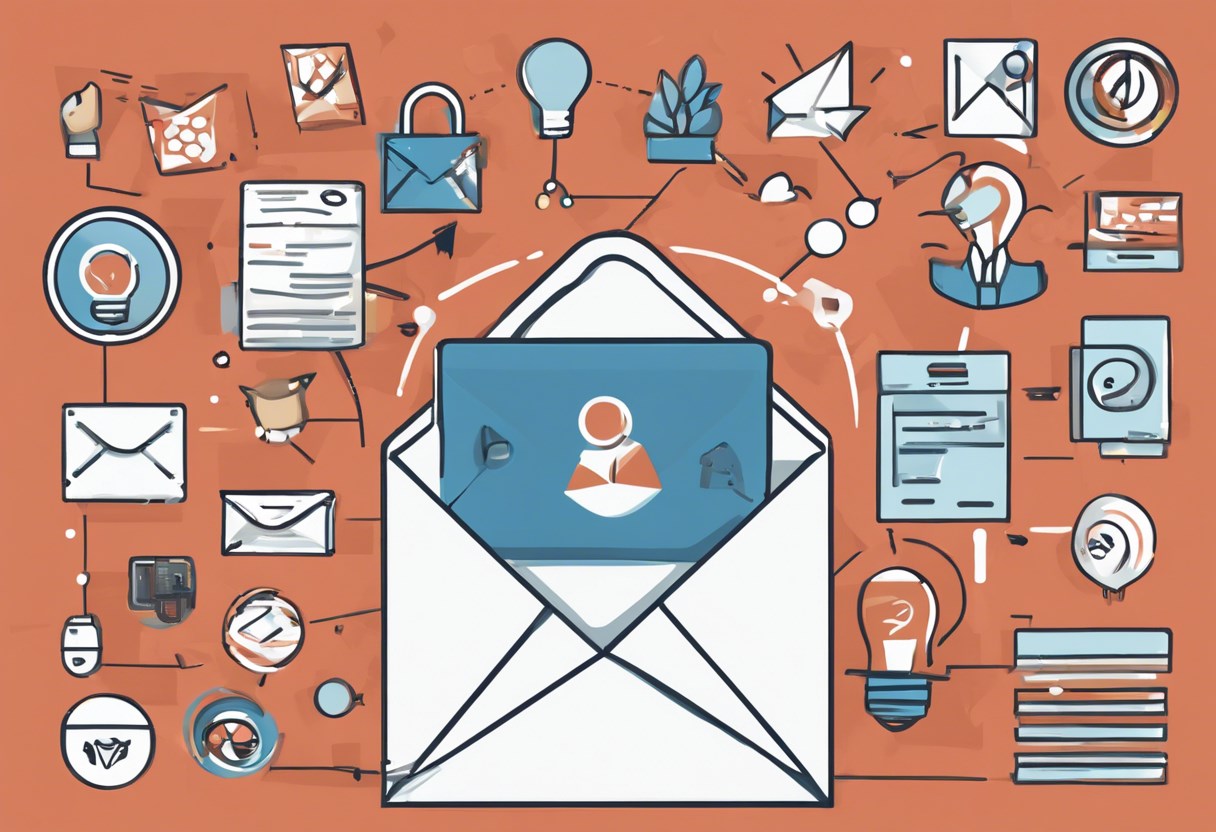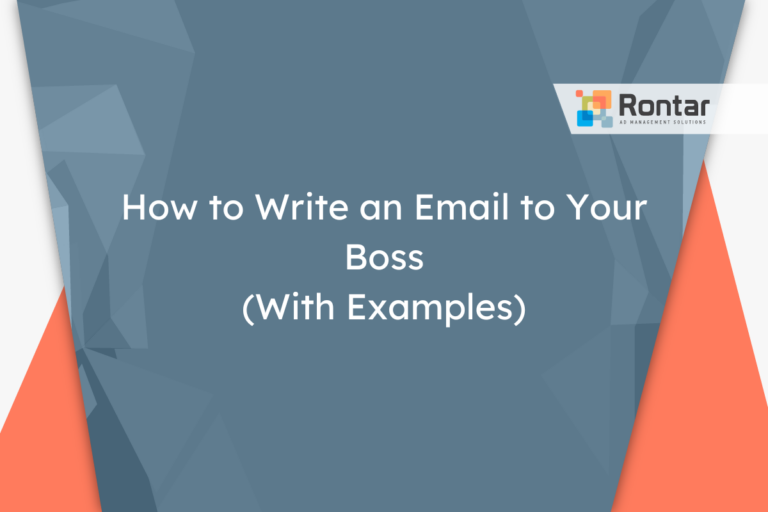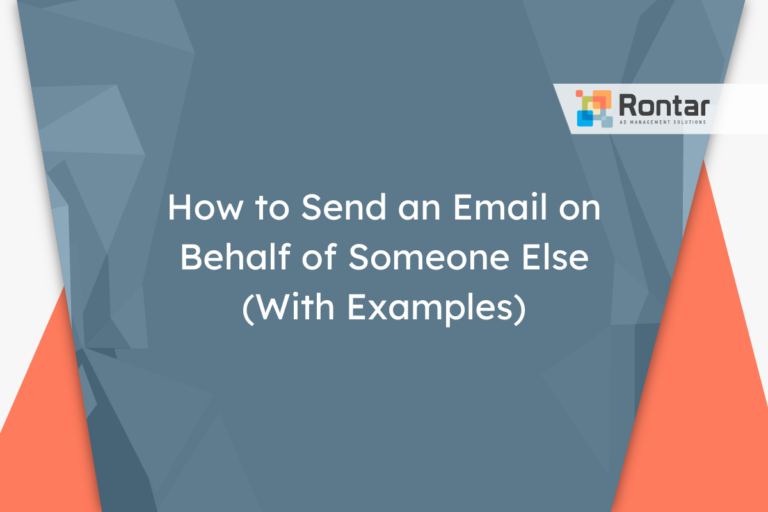10 Polite Ways to Say “Please Confirm Receipt of This Email” (With Samples)

In emails, it’s important to make sure your message is received, especially when you’re waiting for a reply. Saying “Please confirm receipt of this email” is one way to do it, but sometimes you might want a different touch.
This article provides ten alternatives to ask for email confirmation, each with its own tone and situation in mind. Whether you need a formal or informal approach, you’ll find the right phrase to use.
Is It Polite to Say “Please Confirm Receipt of This Email”?
Asking someone to “please confirm receipt of this email” is a professional, formal, and polite way to ensure your message has been received. This phrase is suitable for use in professional emails, where clarity and confirmation are key. It’s particularly useful in situations where the email contains important information, tasks, or attachments that require acknowledgment or action from the recipient.
This phrase can be used with various types of recipients, including colleagues, clients, managers, and other professional contacts.
Here is an example of how to use this phrase in an email:
Dear Mr. Smith, I hope this email finds you well. Please find attached the report for this month's project progress. Please confirm receipt of this email to ensure you have received the document. Best regards, Emily Johnson
Pros:
- Ensures the recipient has received the email and is aware of its contents.
- Helps to avoid misunderstandings or missed information.
- Shows professionalism and attention to detail.
Cons:
- May be perceived as unnecessary or too formal in casual settings.
- Could be ignored by recipients who receive a high volume of emails daily.
- Some recipients might find it slightly pushy or burdensome.
Someone might want to use an alternative phrase if they’re looking for a less formal way to achieve the same outcome or if they’re communicating with someone they have a more casual relationship with. Using synonyms or alternatives can also prevent the language from becoming repetitive in ongoing communication.
10 Other Ways to Say “Please Confirm Receipt of This Email”
Depending on whether you intend to use the alternative phrase in the same email that requires an email receipt confirmation or in a follow-up, some alternatives may be more suitable than others.
In the same email that requires email receipt confirmation:
- Please let me know that you’ve received this email
- Could you please acknowledge receipt of this message?
- Please confirm that this email has been received
- I’d appreciate a quick confirmation that this email has reached you
- Please send a brief reply to confirm receipt
In the follow-up:
- Just following up to see if you have received my previous email
- Following up on my previous email. Did you receive it?
- Just checking in – did you receive my email?
- Just wanted to check if you saw my email
- Checking in to see if my previous email landed in your inbox
1. Please let me know that you’ve received this email
This alternative is less formal but still polite and direct. It works well in less formal settings or when you have an established rapport with the recipient. It’s straightforward and assumes a level of familiarity, making it suitable for day-to-day business communications or more casual emails.
This phrase is best used with colleagues or contacts with whom you communicate regularly.
Here’s a quick example:
Hello Team, Attached, you will find the report for this month's performance. Please let me know that you've received this email and do not hesitate to reach out if you have any questions. Best regards, Alex Smith
2. Could you please acknowledge receipt of this message?
This version is more formal and thus more professional, making it suitable for communicating with clients or higher-ups whom you don’t know well. It’s courteous and implies a request rather than a demand, which can help maintain a good relationship with the recipient.
It is ideal for official communications, especially with new clients or external partners. This phrase fits well in emails and formal letters, ensuring that your message is seen as polite and respectful of the recipient’s time and position.
Example:
Dear Mr. Johnson, I hope you are well. Attached, you will find the latest version of the contract for your review. Could you please acknowledge receipt of this message? Kind regards, Sarah
3. Please confirm that this email has been received
This alternative is straightforward and maintains a professional tone, suitable for most business communications. It’s clear and to the point, making it a good choice when you need confirmation but want to remain formal.
Use this phrase in important communications where confirmation of receipt is crucial, such as legal notifications, project proposals, or important updates. It is versatile and can be used in emails to both new and familiar contacts across various industries.
Here’s how you could use this alternative in an email:
Hello Team, Please find attached the compliance documents required for our upcoming audit. Please confirm that this email has been received. Thank you, Michael
4. I’d appreciate a quick confirmation that this email has reached you
This phrase is polite and conveys a sense of humility, making it great for when you want to be courteous without being too formal. It suggests rather than demands a response, which can be more effective in getting a reply.
It’s best used with individuals you have a friendly relationship with, such as team members or long-term clients.
Here’s a sample email using this alternative:
Hi Janet, Just a reminder that our team meeting has been rescheduled to this Friday. I'd appreciate a quick confirmation that this email has reached you. Best, Carlos
5. Please send a brief reply to confirm receipt
This request is direct and to the point, making it professional and polite. It’s a clear call to action that leaves little room for misunderstanding. This alternative is particularly useful in formal contexts or when dealing with important documents.
This phrase is ideal for formal communications with clients, management, or external partners. It’s appropriate for use in emails, especially when you need a documented confirmation for record-keeping or compliance purposes.
Email example:
Hello Team, Please be advised of the recent updates to our company's HR policies. Please send a brief reply to confirm receipt. Sincerely, Danielle
6. Just following up to see if you have received my previous email
This alternative is more informal and friendly than the original phrase. It’s like gently knocking on someone’s door to check if they’re home. This phrase works well in less formal settings or when you have an established relationship with the recipient. It’s suitable for emails to colleagues, clients you’ve communicated with before, or when the atmosphere of the communication is relaxed.
This alternative shines in situations where a gentle nudge is needed without being too pushy. It’s perfect for checking on sent information that’s not urgent but still requires acknowledgment. This phrase fits well in emails to team members and long-standing clients or when the overall tone of the conversation is friendly and casual.
Here’s a short example:
Hi Mark, Just following up to see if you have received my previous email regarding the project deadline. Looking forward to your feedback. Best, Emily
7. Following up on my previous email. Did you receive it?
This alternative is slightly more formal than the first, adding a sense of urgency to the follow-up. It’s direct and to the point, making it clear that you’re seeking confirmation. This phrase is suited for professional settings where clarity is crucial but you still want to maintain a polite tone.
It’s particularly useful when you need a response to proceed with your work or make decisions. Ideal recipients include new clients, senior colleagues, or any situation where you need to establish a clear line of communication. The directness helps in scenarios where time is of the essence, such as project deadlines or urgent queries.
Consider this email example:
Hi Sam, Following up on my previous email. Did you receive it? I just wanted to make sure you had all the information needed for our upcoming project. Let me know if there are any questions or further details needed. Cheers, Emily
8. Just checking in – did you receive my email?
This phrase is the epitome of casual follow-up. It’s informal, friendly, and implies a laid-back approach. This alternative is perfect when you’re communicating with someone you have a close working relationship with, such as a team member you speak to regularly or a long-term client with whom you’ve developed a rapport.
It’s less suited for very formal interactions but is ideal for creating a comfortable, friendly atmosphere. Use it when the content of the email isn’t urgent, or you’re confident the recipient won’t perceive your nudge as overstepping.
Here’s how you might craft such an email:
Hey Alex, Hope you're doing well! Just checking in - did you receive my email about the team outing? Cheers, Jordan
9. Just wanted to check if you saw my email
This alternative strikes a balance between informal and slightly formal. It’s polite and considerate, acknowledging the recipient’s busy schedule. This phrase is well-suited for semi-formal communications where you are familiar with the recipient but still wish to keep a professional undertone.
It works well in situations where you’re waiting on a response to move forward with a project or decision but want to avoid sounding too demanding. This phrase is ideal for communications with colleagues in other departments, clients you’ve had some interaction with, or when you’re following up on information that requires a timely response.
For example:
Hello Samantha, I hope you're well. Just wanted to check if you saw my email about the upcoming marketing meeting. Best wishes, Liam
10. Checking in to see if my previous email landed in your inbox
This alternative is informal and carries a light, almost playful tone. It’s particularly effective when you want to remind someone about an email without appearing too formal or stern. This phrase is best used with colleagues or clients with whom you have a friendly relationship and where the communication lines are open and relaxed.
It’s suited for less urgent matters or when you want to keep the conversation light-hearted. The phrase is perfect for internal communications within a team or with long-standing clients where a more relaxed tone is appreciated.
See this example:
Hi Tara, Checking in to see if my previous email landed in your inbox? We're gathering feedback on the new design concepts. Thanks a bunch! Oliver
Final Thoughts
Choosing the right words to make sure your email was received can strengthen your communication. The alternatives shared here offer different tones, from formal to informal, fitting various situations and relationships. Try out these phrases to find which works best for you and your email partner. Good communication helps build strong relationships, whether in work or personal life.






